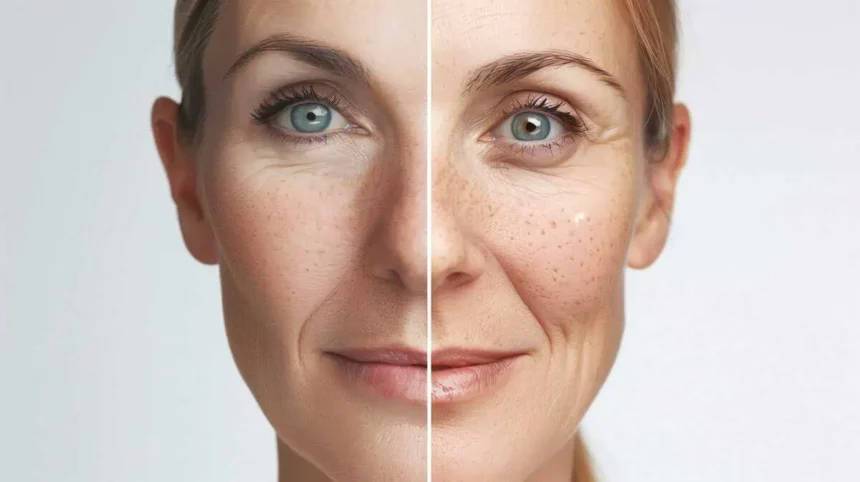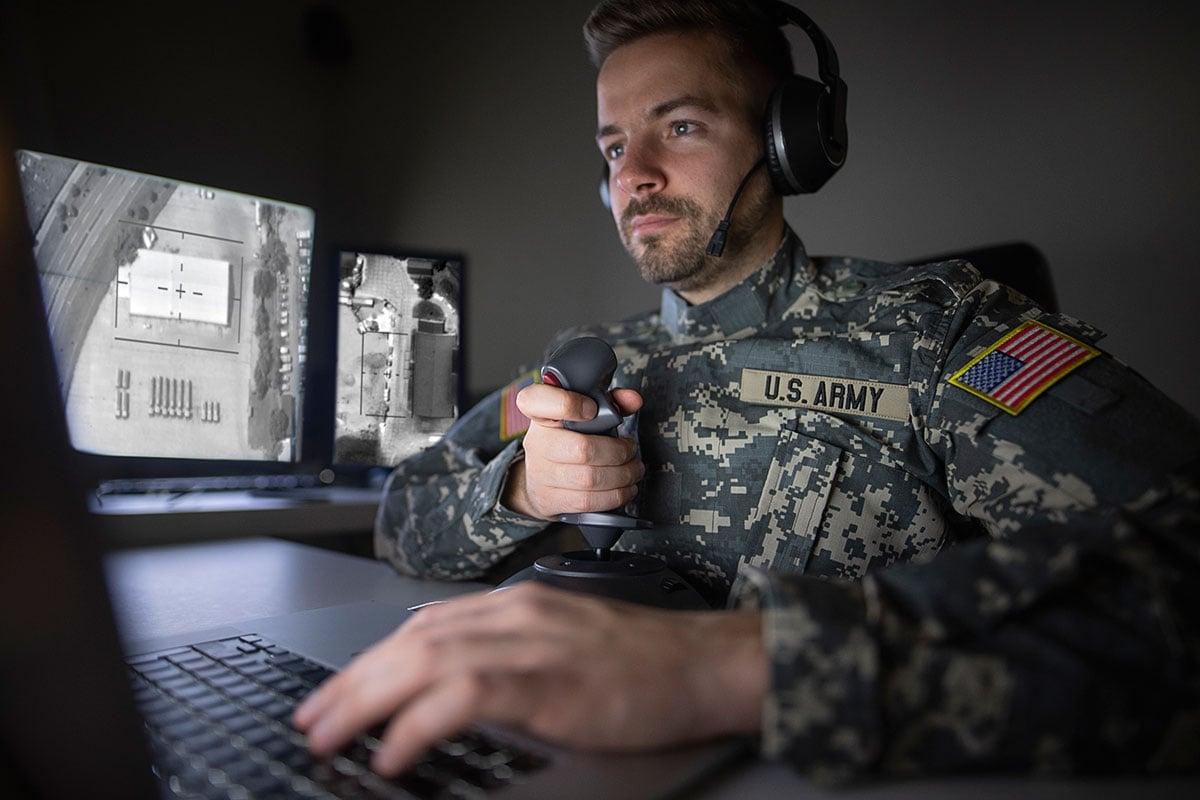Botox injections have become one of the most popular cosmetic treatments for addressing wrinkles and fine lines. This FDA-approved procedure uses botulinum toxin type A to temporarily relax facial muscles, reducing the appearance of dynamic wrinkles that form from repeated muscle contractions. Understanding how Botox works, what the treatment process involves, and what results to expect can help you make an informed decision about this cosmetic option.
Understanding Botox
Botox functions by blocking nerve signals to specific facial muscles. When injected into targeted areas, the botulinum toxin prevents muscles from contracting fully. This muscle relaxation smooths out wrinkles that form from repetitive facial expressions like frowning, squinting, or raising eyebrows.
The treatment primarily addresses dynamic wrinkles, which develop over time from muscle movement. Common areas for Botox injections include the forehead, between the eyebrows (glabellar lines), and around the eyes (crow’s feet). The toxin does not affect static wrinkles caused by sun damage, gravity, or loss of skin elasticity. Most patients notice initial changes within 3-5 days, with full results appearing within 1-2 weeks. The effects typically last 3-4 months before muscle activity gradually returns and wrinkles begin to reappear.
Exploring the Process
The Botox procedure is relatively straightforward and can be completed in a medical office setting. Before treatment begins, a qualified practitioner will assess your facial anatomy and discuss your goals to determine appropriate injection sites and dosages. The actual injection process takes approximately 10-15 minutes. Most patients describe the sensation as a brief pinch or sting. No anesthesia is typically needed, though some practitioners may apply a topical numbing cream if requested.
Following the injections, patients can usually return to normal activities immediately. The practitioner may provide specific aftercare instructions, such as avoiding lying down for several hours or refraining from rubbing the treated areas. These guidelines help prevent the Botox from migrating to unintended muscle groups.
Side effects are generally mild and temporary. Common reactions include slight bruising, swelling, or redness at injection sites. Some patients experience temporary headaches or flu-like symptoms. Serious complications are rare when performed by qualified practitioners.
Maintaining Results
Botox results vary among individuals based on factors like muscle strength, skin condition, and injection technique. Most patients observe a noticeable softening of targeted wrinkles within the first week. Deep lines may require multiple treatment sessions to achieve optimal results.
The temporary nature of Botox means regular maintenance treatments are necessary to sustain results. Most patients schedule follow-up appointments every 3-4 months. Some individuals find that with consistent treatments over time, the effects may last slightly longer as muscles become conditioned to reduced movement.
Results appear most natural when performed by experienced practitioners who understand facial anatomy and proper dosing. Realistic expectations are key to satisfaction with Botox treatments. While the procedure can significantly reduce the appearance of dynamic wrinkles, it will not completely eliminate all signs of aging or address skin texture issues. Combining Botox with other cosmetic treatments may provide more comprehensive anti-aging results.
Find a Qualified Injector
Botox offers a minimally invasive option for reducing wrinkles and fine lines with minimal downtime. The procedure works by temporarily relaxing facial muscles that create dynamic wrinkles, providing smoother skin for several months. Success depends on proper technique, appropriate dosing, and realistic expectations about results. Understanding the treatment process, potential side effects, and maintenance requirements will help you make an informed decision about whether this cosmetic option aligns with your needs and expectations.





